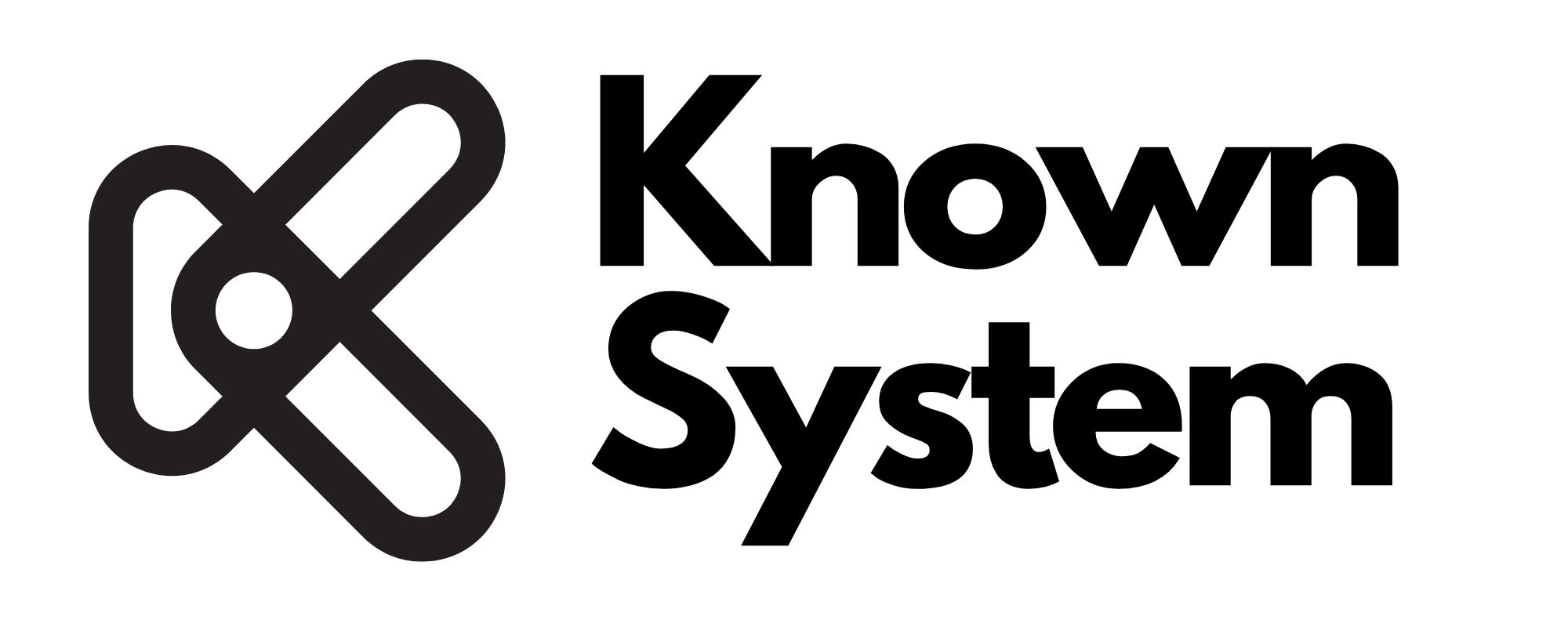Resources for Integrating Technology: Guides and Best Practices

The integration of technology into various sectors has revolutionized industries and daily life, yet it also presents challenges. Companies, educators, and individuals often struggle with effectively adopting new technologies due to limited resources, knowledge gaps, or resistance to change. However, there are numerous guides and best practices available that can aid in the seamless integration of technology. By utilizing these resources, organizations can maximize the benefits of new technologies while minimizing the risks associated with their implementation.

One of the most valuable resources for integrating technology is comprehensive training programs. Many industries provide tailored training sessions that cover specific technologies relevant to their field. For example, healthcare professionals can benefit from specialized training on Electronic Health Records (EHR) systems, while educators can attend workshops on incorporating digital tools into their classrooms. These training sessions often include hands-on practice, helping users become more comfortable with the technology. Additionally, many platforms offer online courses, webinars, and tutorials, which allow users to learn at their own pace. These resources can significantly shorten the learning curve and help teams integrate new systems effectively.

In addition to training, guides and manuals are essential resources for integration. These often include step-by-step instructions on how to implement and troubleshoot specific technologies. Many technology providers offer these resources on their websites, and they may also be available in the form of user communities or forums. For instance, businesses integrating new Customer Relationship Management (CRM) software can access a wealth of documentation that outlines setup procedures, user tips, and common pitfalls to avoid. These guides can also provide insight into best practices for optimizing technology usage and ensuring long-term success.

Another key resource is the support of industry experts and consultants. These professionals can help organizations assess their needs, select the most suitable technologies, and develop a customized integration plan. Consultants often have experience working with similar organizations and can provide valuable insights into potential challenges and solutions. Moreover, many consultants offer post-implementation support, ensuring that organizations have ongoing assistance as they adapt to the new technologies. Having expert advice can prevent costly mistakes and streamline the transition process.

Finally, technology-focused communities and forums can also play an essential role in successful integration. By engaging with others who have gone through similar processes, organizations can share insights, ask questions, and learn from others’ experiences. These communities, whether online or in-person, offer a wealth of collective knowledge that can guide newcomers in their integration efforts. Additionally, they serve as valuable resources for troubleshooting and problem-solving.
In conclusion, integrating technology requires careful planning, training, and support. Utilizing available resources such as training programs, guides, expert consultants, and community engagement can help organizations successfully navigate the integration process. By following best practices and staying informed about emerging tools and technologies, businesses and individuals can fully leverage the benefits of new systems while mitigating risks and challenges.

